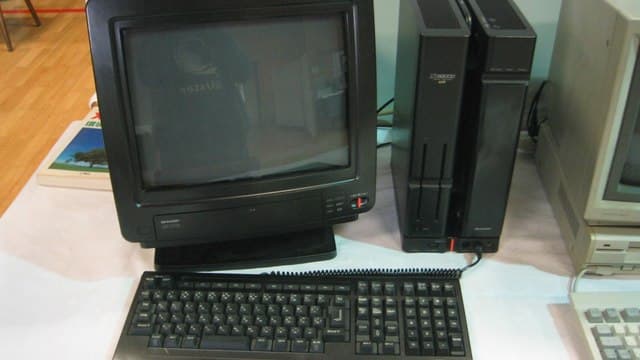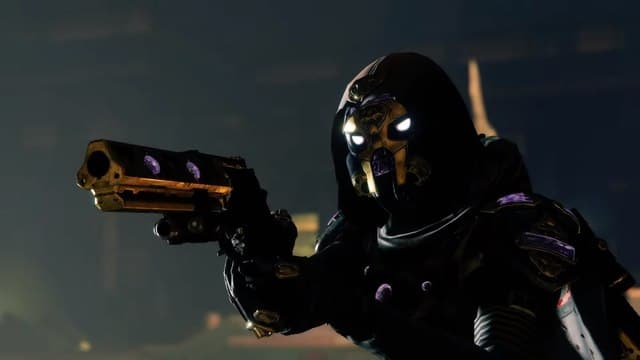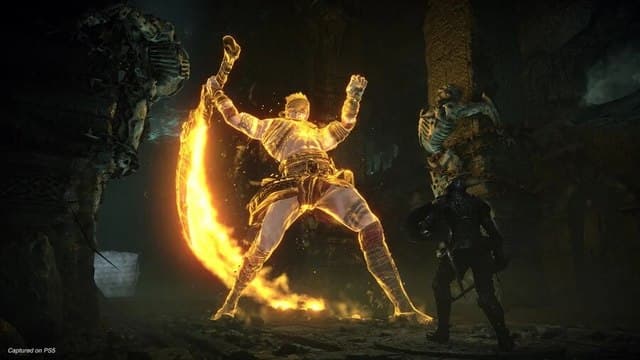Does it really matter if I dislike Chip ‘n Dale: Rescue Rangers? I found it empty and pandering, an instance of some typically reliable comedians on autopilot, but is it even for me? It’s a PG-rated movie that got dumped on Disney+, that comes with a supplemental list of what it references which you can also stream on Disney+. It is, presumably, designed for an audience quite separate from a grown-ass adult who spends too much time on the internet. (“Grown-ass” already maybe exceeds the saltiness threshold for the film’s language, though one of the chipmunks does remark that he’s in hell.)
That’s the thing, though: grown-ass adults who spend too much time on the internet are absolutely the target audience for this movie. For a kid, it probably works okay. It moves quickly enough to hold onto short attention spans through regular explosions of color, noise, and funny voices. But the hook here is in its catering to nostalgia, taking as part of its continuity a TV show that ran for 3 seasons from 1989 to 1990. That’s before I was born, but the series played so reliably in reruns that I still ended up familiar with the theme song, and you’d better believe this is the sort of movie where a character sings their own theme song. It also gets the Chippendales reference out of the way up front.
Here, Chip and Dale are actors. Their squeaky voices were part of their act, and in reality they just sound like John Mulaney and Andy Samberg, respectively. They’re still tiny cartoon chipmunks, but they live in a world where cartoons are a living, breathing(?) part of society. This is, in other words, a riff on the 1988 classic Who Framed Roger Rabbit, another mystery-comedy about how cartoon characters behave behind the scenes.
Cool World
When the pair first meet, they do so in a (co-format? co-medium?) school attended by regular human kids as well as assorted ‘toons. After striking up a partnership and honing their act, they catch a bus to Hollywood and, after a couple of parts as background extras, book that TV show you’ve heard about. After a good run, they have a falling-out; Dale tries to go solo, and the show gets canned without him. The TV show pilot he left to do doesn’t get picked up, either. Chip and Dale haven’t spoken since, and the only thing that brings them together is a plea from an old TV co-star, mustachioed Aussie mouse Monterey Jack (Eric Bana), whose debts have caught up with him.
It’s a little tough to pinpoint where exactly we go wrong here. I have, in the past, enjoyed the work of The Lonely Island, whose fingerprints are on the film through director Akiva Schaffer and star Andy Samberg (their third, Jorma Taccone, only has a voice cameo, but various past collaborators appear throughout.) Their 2016 film Popstar: Never Stop Never Stopping remains one of the best comedies of the century, a delightfully weird attack on music industry hubris and celebrity at large. Perhaps it’s naive to think they’ll have the same level of control over a Disney production, but on paper, Schaffer and Samberg are exactly the guys for this brand of showbiz comedy.
And it’s not that the film lacks good ideas. Dale, for example, now gets by entirely on convention appearances that are pretty awkward since he’s best known as part of a duo. He’s no longer two-dimensional, having gotten CGI surgery in hopes of fighting the march of time, but the phone is still not ringing with offers. He’s well-acquainted with other convention table fixtures, like Tigra from a C-list Avengers cartoon that ran for only 13 episodes as well as the toothy original CGI design for Sonic the Hedgehog, who is here conceived as an aggressively delusional Tim Robinson character.
The film goes even farther beyond the traditional animation canon, too. An LAPD officer, Captain Putty (J.K. Simmons), is a claymation character who counts a sock puppet among his subordinates. One location, the Uncanny Valley, houses outcasts like a viking (Seth Rogen) who epitomizes the glassy, dead-eyed qualities of early CGI. There’s even an unscrupulous puppet cheesemonger (Keegan Michael-Key), who seems designed around being denied permission to use the Swedish Chef from The Muppets.
Ugly Sonic Breaks the Internet
To its credit, then Chip ‘n Dale does plausibly feel like a “real” movie, like it wants to tell a story rather than reference for the sake of branding. Many of the recognizable characters are so obscure and jokey that they never come off as a test case for a spin-off. But the movie never really lands on a plausible justification for the format, either; the cornerstone of a meta film like this is in how it dismantles the format it refers to, but the format remains quite intact here. Even if it’s ultimately in good sport, there needs to be some attunement to the problems of what’s being referenced, and Chip ‘n Dale has none of that beyond a couple of jabs at franchising and crossovers that never go far enough. At this point, the prospect of a meta cartoon movie functions as an empty reference in itself.
Certainly the film is wacky, but its comedy feels directionless. It isn’t really designed to skewer Hollywood, or to even say much about a culture of constant reboots and belated sequels, despite fitting that template quite neatly: there’s one character, human LAPD detective Ellie Steckler (KiKi Layne), who fills the usual role of a “fan” turned active participant, but her involvement is cursory at best. If the film means to follow the trajectory of this sort of movie as a gag, it fails to heighten those beats to the appropriate degree, instead playing out canned drama as though this were not a farce at all.
Though Chip and Dale are supposed to be the archetypal odd couple, their conflict with one another is oddly subdued, as though watching these characters earnestly argue might upset the kids. Their resentments barely reach a simmer as the film tries to fill in the blanks with little more than the decades-long gap in their interactions. The cheery, chilled-out Dale alludes to a sense of inferiority before abandoning it altogether, and Chip’s own misgivings about their careers are indistinguishable from the typical dynamic of an exasperated straight man. By the time we’ve hit the begrudging “you actually do care!” moment, the characterizations are all but disconnected from the context of the film they’re supposed to be in.

Drawn That Way
The masterstroke of Who Framed Roger Rabbit is that it more or less works as a “real” story. Filled with cameos though it may be, those recognizable faces are used to carve out space for a largely original cast telling a coherent story. By contrast, the mystery of Chip ‘n Dale hums nonsensically in the background, centered on bootleg films but never quite making sense and never taking advantage of the rich satirical potential, given Disney’s checkered history with copyright law. Mostly, it’s just an excuse for a few half-amusing images like bad DVD art and a knock-off Bart Simpson.
Beyond a few moments when Chip ‘n Dale remembers that Steckler exists, the film sticks to established characters for its lead roles to its detriment. Without a human anchor to temper the chaos of the busy cinematography and the noisy mishmash of art styles, we’re stuck looking at animated characters who all look out-of-place in a live-action world. Even the traditional characters like Chip look poor, with 2-D-like textures awkwardly stretched over what appears to be a 3-D model that never blends (the mouth movements are the worst, and there’s a scene of the pair eating real nuts that looks worse than anything in the Uncanny Valley sequence). Dale, seemingly, is meant to fill the human role to some degree as a 3-D model that would plausibly be inserted into a live-action environment, and while he does better, he also can’t shake that “off” feeling. You can feel the separation between performance, script and animation, leaving degrees of separation that kill the anarchic rhythms of the filmmakers’ live-action comedies.
Chip ‘n Dale: Rescue Rangers may not feel like a movie designed around its cameos, but the rest of the film is so forgettable that they’re all I’m really left with. It’s a film that’s ultimately more fun to think about in terms of the email exchanges and board meetings and agreements that must have taken place to get certain things onscreen. Was the cheese vendor actually supposed to be a Muppet? Did anyone object to the fact that Gadget, the girl mouse from the Rescue Rangers TV show, has canonically given birth to mutant half-insect children? Is R. Crumb absolutely livid about the Mr. Natural cameo? The film functions best as an advertisement for a “making of” featurette.


